Experimenting with First Person Point of View
I’ve noticed lately how many best-sellers are written in 1st person point of view–especially young adult novels. When a story is written in 1st person, the author writes as if they are the main character, telling the story in their own words. (As opposed to 3rd person, where the author tells the story as if they were watching the action unfold.)
We’ve talked before about the need to show a story rather than simply “telling” it–to put our readers inside the character’s head so that they see what the character sees, feel what they feel. This can be done very effectively in either 1st or 3rd person. It is also possible to “tell” from either viewpoint.
Sometimes it helps me–even if I am writing in 3rd person POV–to switch into 1st person as I experiment with how to write a scene. When I pretend that I am the character, telling my own story, I see things I didn’t notice before. I tend to think more about how I would move, what I would feel, how I would react to the action and dialogue. It seems easier to put myself into the scene and become aware of the sensory elements–smells, sounds, textures–that it’s easy to forget about.
Exercise:
- Look at a few books you’ve read recently and really enjoyed. Are they written in 1st person (I, me, my) or 3rd person (he, she, his, her, they)?
- Read a few paragraphs. Does the author seem to be telling you a story or showing you what happened?
- Which books made you feel like you “became” the character? Were they all 1st person? All 3rd person? Some of each?
- Select a scene from a story you are writing. If you write in 3rd person, try writing a draft in 1st person (or vice versa). Did you gain any insights into your characters?
- If you made the switch primarily by changing the pronouns, try writing the scene again. This time, dig deeper. As if you were a method actor, get into the role until you “become” the POV character. Now close your eyes and relate what happened. (You know the scene well enough by now.) Tell not only what you saw, but what you smelled, tasted, and felt.
- Compare the new scene to your original. Draw from the new material to make your original scene richer.
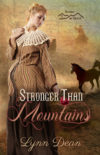
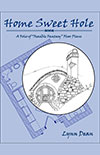


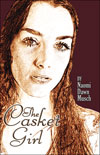
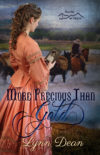


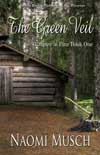

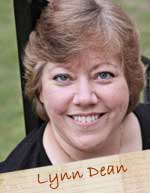





Speak Your Mind
You must be logged in to post a comment.